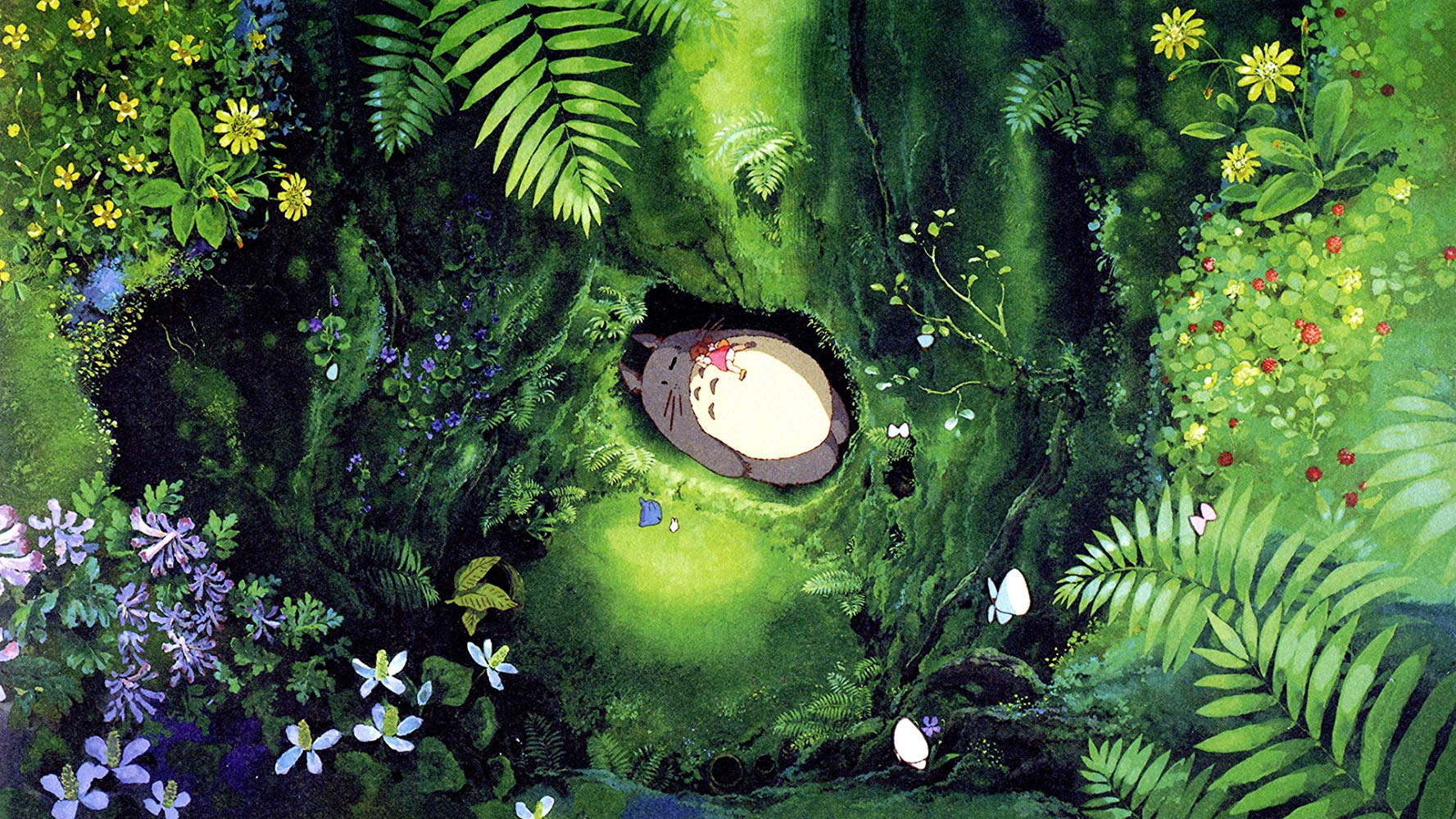It was a privilege to be invited to speak at this month’s Urban Water, Urban Culture Symposium, hosted by Sophia University, Tokyo, Japan. This ambitious symposium featured speakers from around the world and across time zones.

My presentation focused on the connection between nature and wellbeing, and the potential to find (or even better, create) our own ‘sacred groves’ in or near the places we live. This theme built on a previous envirohistory NZ post ‘Discovering our own sacred groves‘, and drew on my research exploring human-nature relationships in Japan.
More information on this symposium can be found at this website.


 Earlier this week, Jesse Mulligan put a call out to listeners to share stories or descriptions of their favourite tree on his Afternoons show on RNZ. Most anecdotes or descriptions that flowed in were about actual trees, but one listener identified as his or her favourite tree the one in the Japanese anime “Tonari no Totoro” (My neighbour Totoro). Jesse Mulligan was a little bemused by this, but as a Japanophile – and more specifically – a Biophilia-Japanophile (just made that one up) – I could completely understand this person’s sentiment.
Earlier this week, Jesse Mulligan put a call out to listeners to share stories or descriptions of their favourite tree on his Afternoons show on RNZ. Most anecdotes or descriptions that flowed in were about actual trees, but one listener identified as his or her favourite tree the one in the Japanese anime “Tonari no Totoro” (My neighbour Totoro). Jesse Mulligan was a little bemused by this, but as a Japanophile – and more specifically – a Biophilia-Japanophile (just made that one up) – I could completely understand this person’s sentiment. 





